
A beloved shojo comedy anime, The Wallflower, vanished from streaming services over a year ago, leaving many fans heartbroken. Originally released in 2006 by Nippon Animation, the show ran for one season of 25 episodes. Though it never got a second season, it developed a dedicated fanbase who both love and playfully criticize it.
Despite being funny, flawed, and not very appealing to look at, The Wallflower always faced an uphill battle. Even its fans don’t seem to want another season. However, despite all its issues, the show is surprisingly insightful, aware of its own quirks, and remarkably progressive in how it portrayed its main character and her journey.
Harem Tropes Become Absurd Comedy in The Wallflower
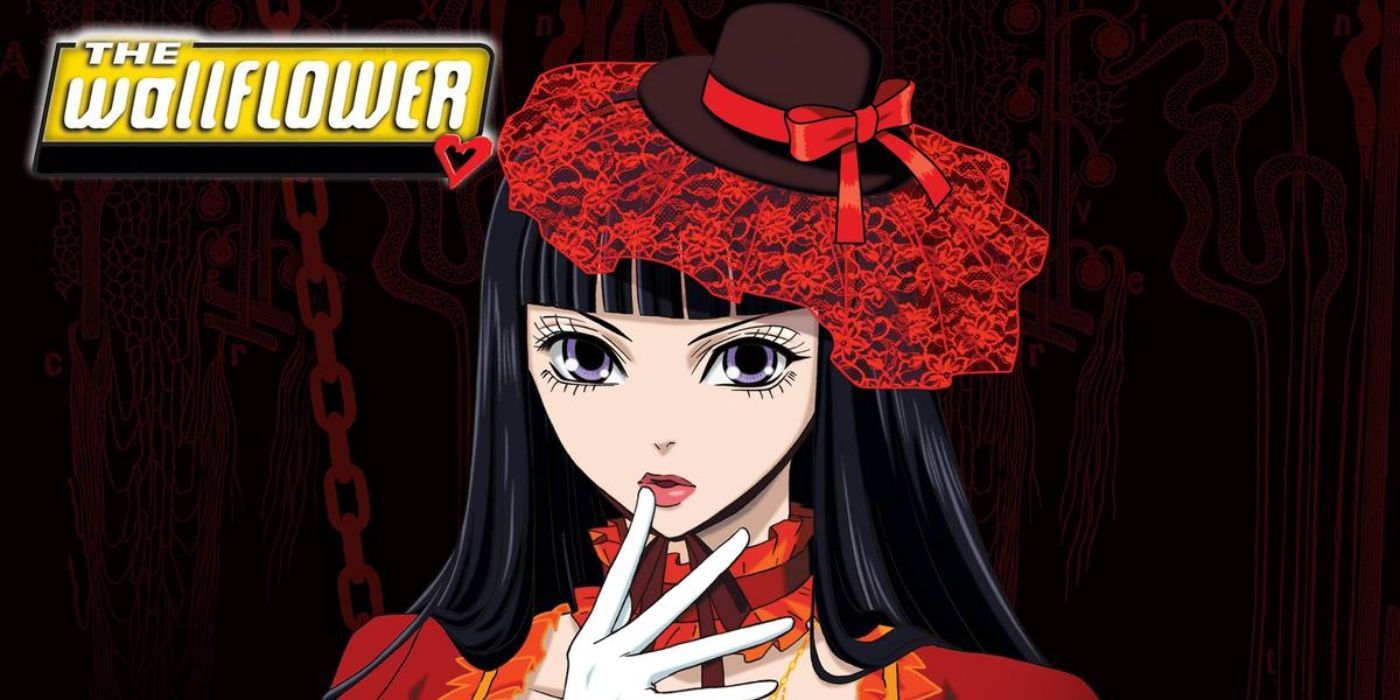
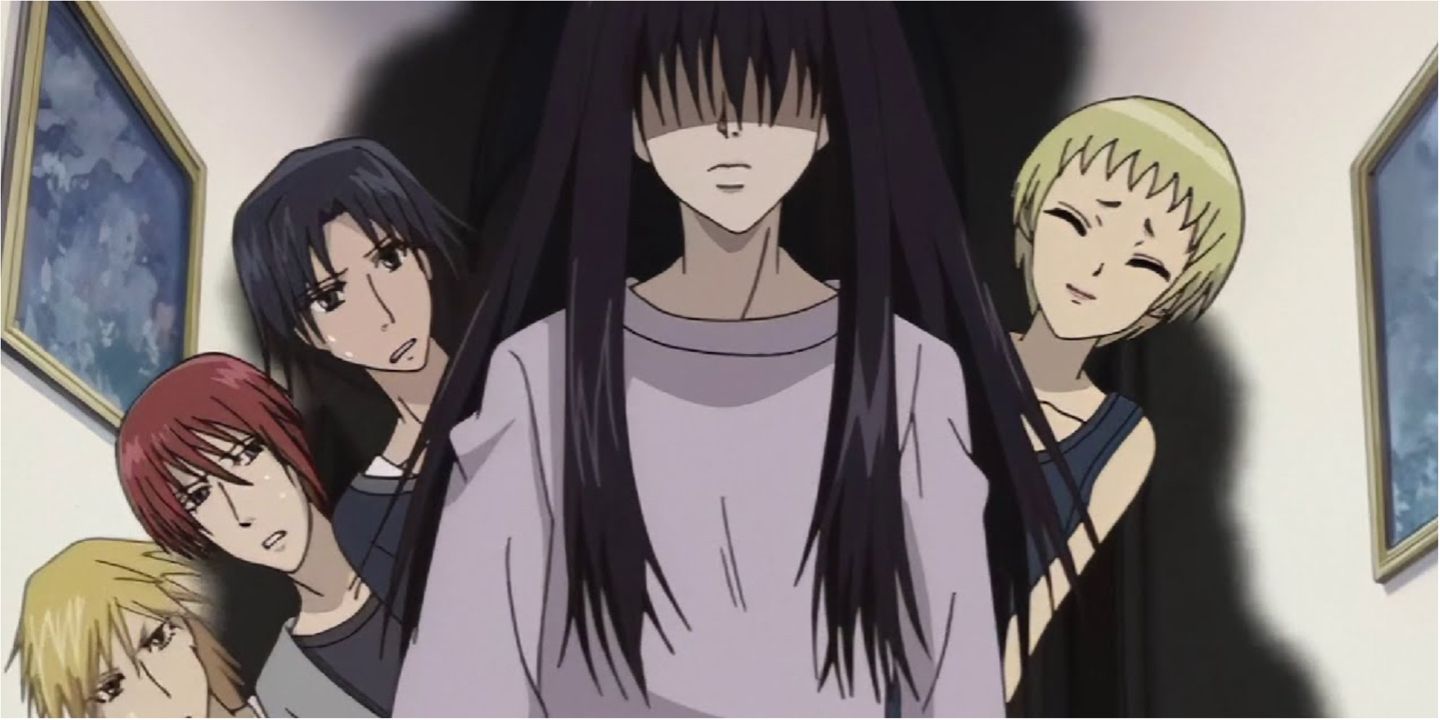


The series The Wallflower is adapted from Tomoko Hayakawa’s manga, which was published in Bessatsu Friend for fifteen years, from 2000 to 2015. It centers on Sunako Nakahara, a high schooler who became deeply insecure after being called unattractive in middle school, leading her to reject the idea of beauty altogether. Sunako becomes a homebody, fascinated by horror and the supernatural, until she has to move in with her aunt in Tokyo. Her aunt’s house is already occupied by four very handsome boys, and they make a deal: they’ll get free rent if they can give Sunako a makeover. The show’s humor comes from their attempts to transform her, but as they all live together, Sunako gradually becomes more outgoing, makes real friends, and even starts to develop feelings for Kyohei, the most attractive but also the most emotionally closed-off of the boys.
While it initially seems like a typical reverse harem story, The Wallflower takes a surprisingly unique and entertaining turn. Instead of playing it straight, the series embraces its own silliness, turning the chaotic elements into genuinely funny comedy. It’s legitimately humorous, with a premise reminiscent of fanfiction, wild animation, and over-the-top voice acting all contributing to the fun. Even years later, some scenes are funny for the wrong reasons, but the dialogue and storyline remain intentionally comedic. The humor is straightforward, relying on overreactions, slapstick, unexpected jokes, and the main character’s obsession with horror.
The Wallflower Stars One of the Most Underrated Female Protagonists
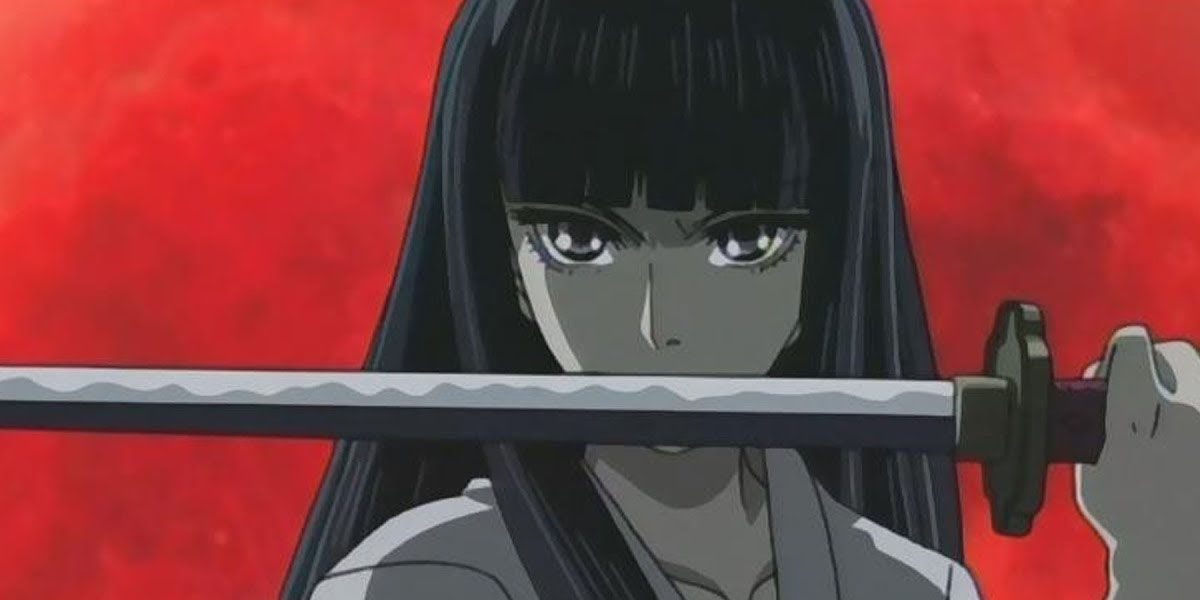
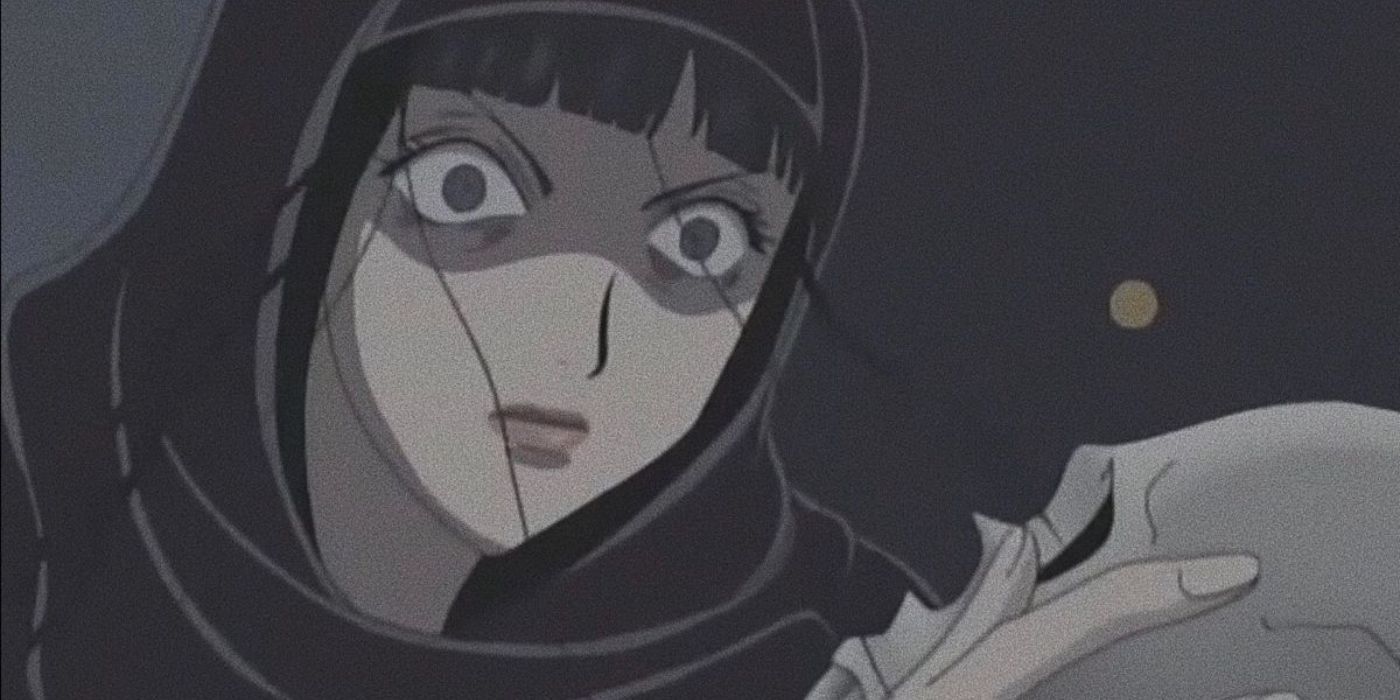
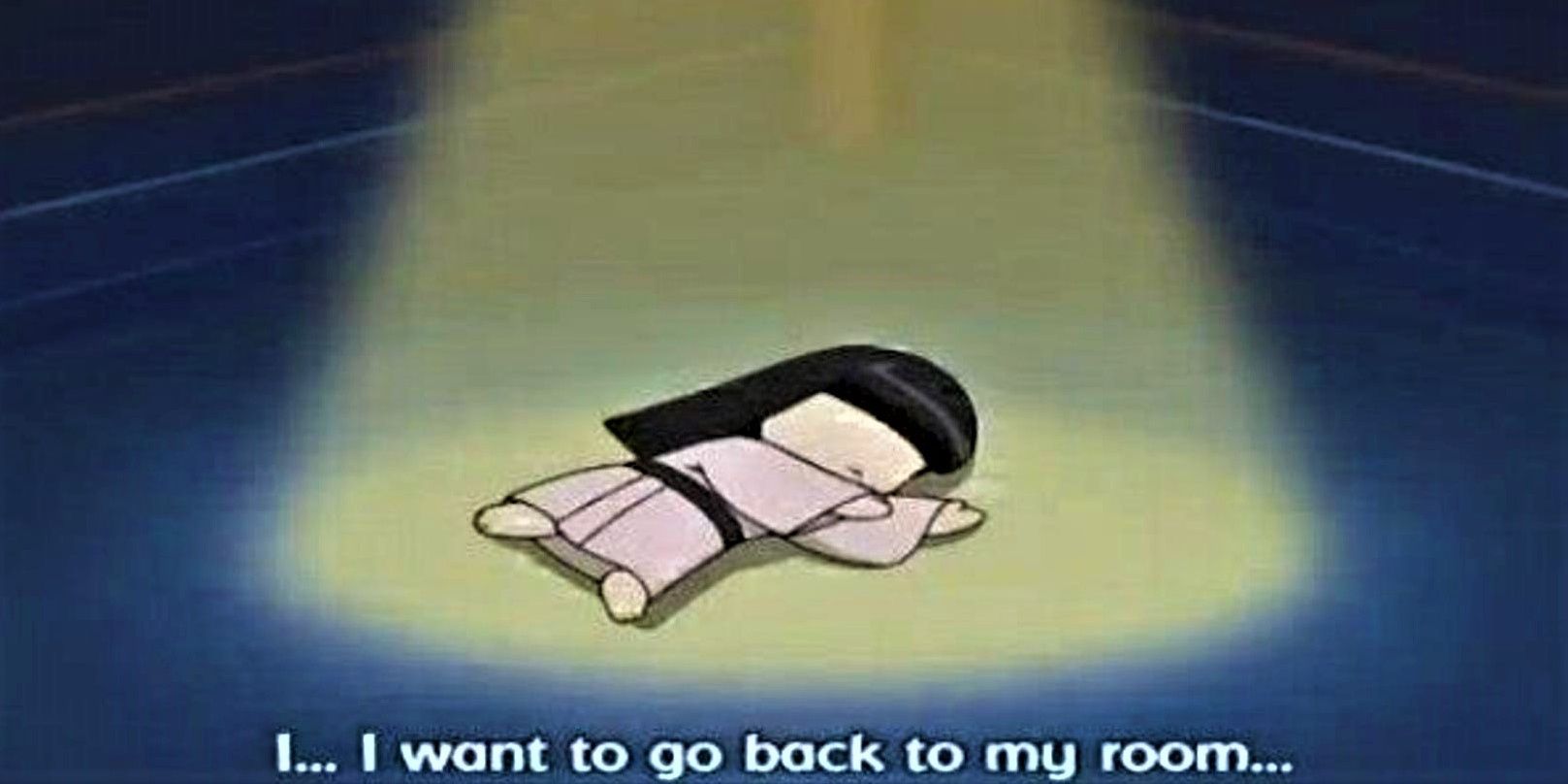

I’ve always thought the anime world needed more comedies starring girls, and Sunako really stood out when it came out in 2006. She’s a truly chaotic, but surprisingly relatable, main character. One of the first things you’ll notice is that she spends a lot of the show in a super-deformed, chibi style. It’s a funny running gag, but it also cleverly shows how she separates herself from the ‘normal’ world. Being in chibi form feels safe and comfortable for her, and it’s her way of pushing back against what society expects. Interestingly, when she does appear in her full, detailed character design, she’s stunningly beautiful and incredibly capable – everything you’d expect from a strong female lead. But the show makes it clear she doesn’t need to be that way to be complete, and her preference for the chibi form actually makes her character and the story itself even more compelling.
Sunako is a teen girl who feels very real, despite being a bit of an exaggeration. She’s prone to overreacting, lacks confidence, and is easily hurt. Her growth, especially in relationships and making friends, feels natural and happens gradually. She slowly connects with her roommates and others, learning to be more open while still staying true to herself. What starts as a solitary obsession with horror eventually becomes a way for her to connect with and strengthen her friendships.
Sunako doesn’t become the perfect lady her aunt hoped for, but the show doesn’t see this as a negative outcome. Instead, she learns to navigate life authentically, forming genuine relationships while staying true to who she is. She’s a strong, smart, kind, and beautiful person, though the show subtly reveals these qualities over time. Sunako is a great example of a heroine whose insecurities don’t hold her back, and whose journey feels both believable and inspiring. However, despite all the show does well with Sunako’s character, the series also has several significant flaws that are hard to overlook.
The Wallflower is Too Problematic for Modern Anime Fans


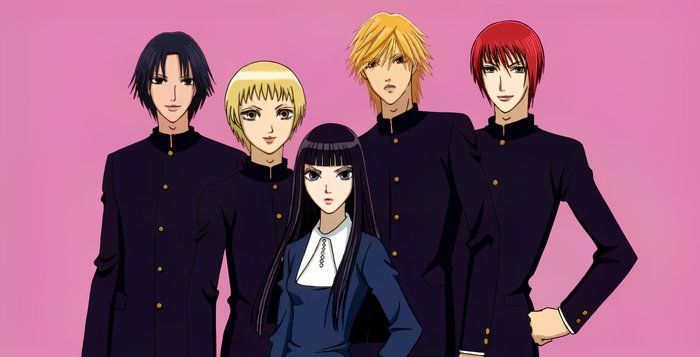
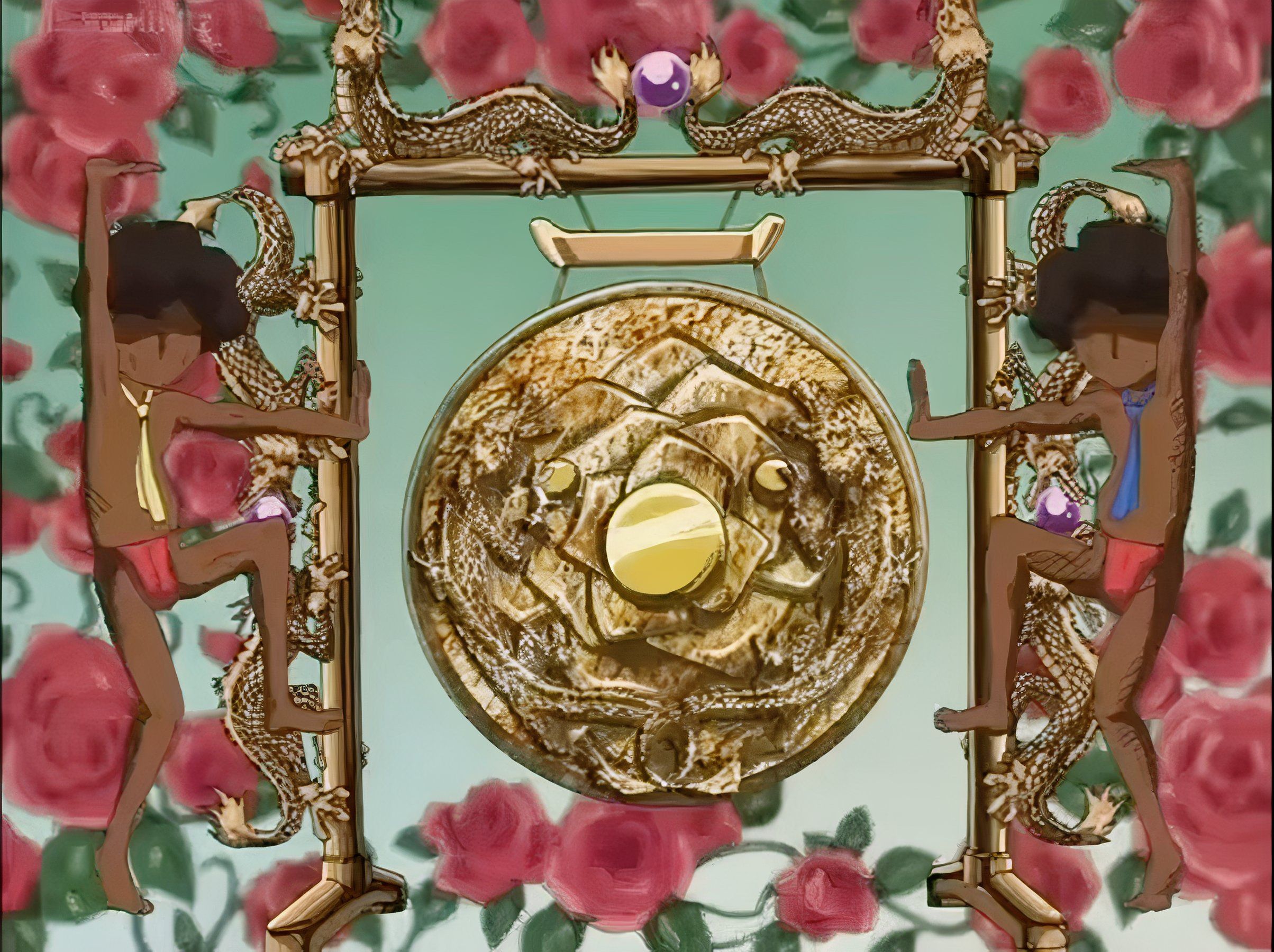
I really wanted to love The Wallflower, but it honestly has some pretty significant issues. What’s most troubling are the instances of racially insensitive imagery throughout the series. There are multiple scenes with a large gong surrounded by unnamed characters of color who are depicted with afros and very little clothing. And it’s not just those scenes – early on, the yakuza characters are consistently drawn with darker skin tones than any other characters, and the animation studio, Nippon Animation, never addressed why they made those choices. It’s a really disappointing aspect of a show I otherwise wanted to enjoy.
The series The Wallflower features troubling depictions of the sexualization of young men, specifically the teenage boys who live with the main character, Sunako. A prime example is Ranmaru, a fifteen-year-old who engages in sexual relationships with several older, married women, including a school nurse. Sunako’s love interest, Kyohei, is consistently treated as a sexual object despite his discomfort, and his storyline revolves around being relentlessly pursued due to his attractiveness. The series acknowledges the trauma this causes him, and it significantly shapes his character and his relationship with Sunako.
Ranmaru mainly serves as the show’s comic relief and is portrayed as a flirtatious teenager, not a vulnerable character being manipulated. The Goth Loli sisters, named for their gothic and lolita fashion, frequently appear as overly enthusiastic fan club presidents. They and their followers harass, physically attack, and treat the boys like objects – actions that would normally be considered predatory – but The Wallflower presents these behaviors as humorous.
Beyond its troubling way of portraying certain things, the unusual art style in The Wallflower didn’t appeal to many viewers. The character designs are a heavily distorted take on the early 2000s anime look. Picture the characters from Ouran High School Host Club being drastically stretched and pulled – that’s similar to how the characters in The Wallflower appear. They have overly exaggerated features, stretched proportions, and look unnaturally thin.
The animation in The Wallflower is rough and doesn’t flow well, which makes its already bizarre characters and plot feel like a strange, unsettling dream. If it weren’t a comedy, the jarring visuals could have actually made this a scary anime. Surprisingly, the show’s over-the-top sound, awkward animation, and silly writing are what make it funny. The Wallflower is definitely a show you watch to switch off your brain, but those who can embrace its absurdity will find it surprisingly enjoyable – as long as they don’t think about it too much.
Read More
- FC 26 reveals free preview mode and 10 classic squads
- When Perturbation Fails: Taming Light in Complex Cavities
- Fluid Dynamics and the Promise of Quantum Computation
- Hazbin Hotel season 3 release date speculation and latest news
- Jujutsu Kaisen Execution Delivers High-Stakes Action and the Most Shocking Twist of the Series (Review)
- Dancing With The Stars Fans Want Terri Irwin To Compete, And Robert Irwin Shared His Honest Take
- Where Winds Meet: Best Weapon Combinations
- Red Dead Redemption Remaster Error Prevents Xbox Players from Free Upgrade
- Is There a Smiling Friends Season 3 Episode 9 Release Date or Part 2?
- Walking Towards State Estimation: A New Boundary Condition Approach
2025-11-17 02:40